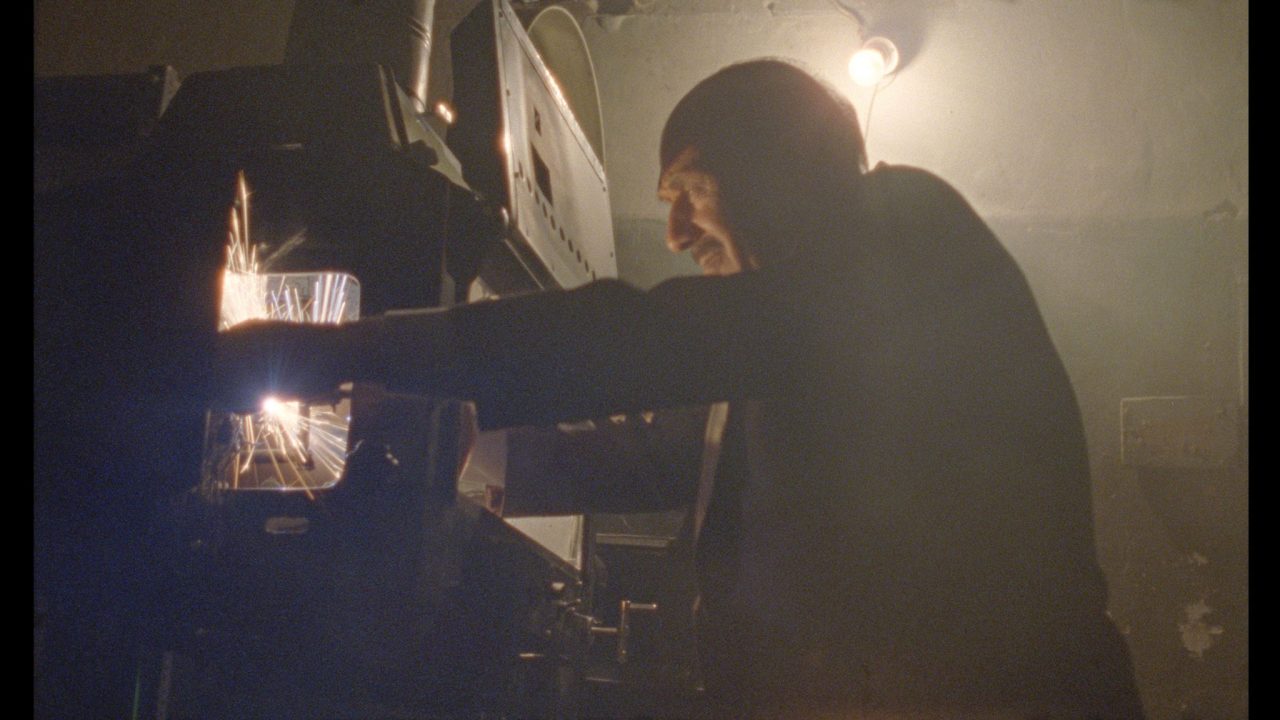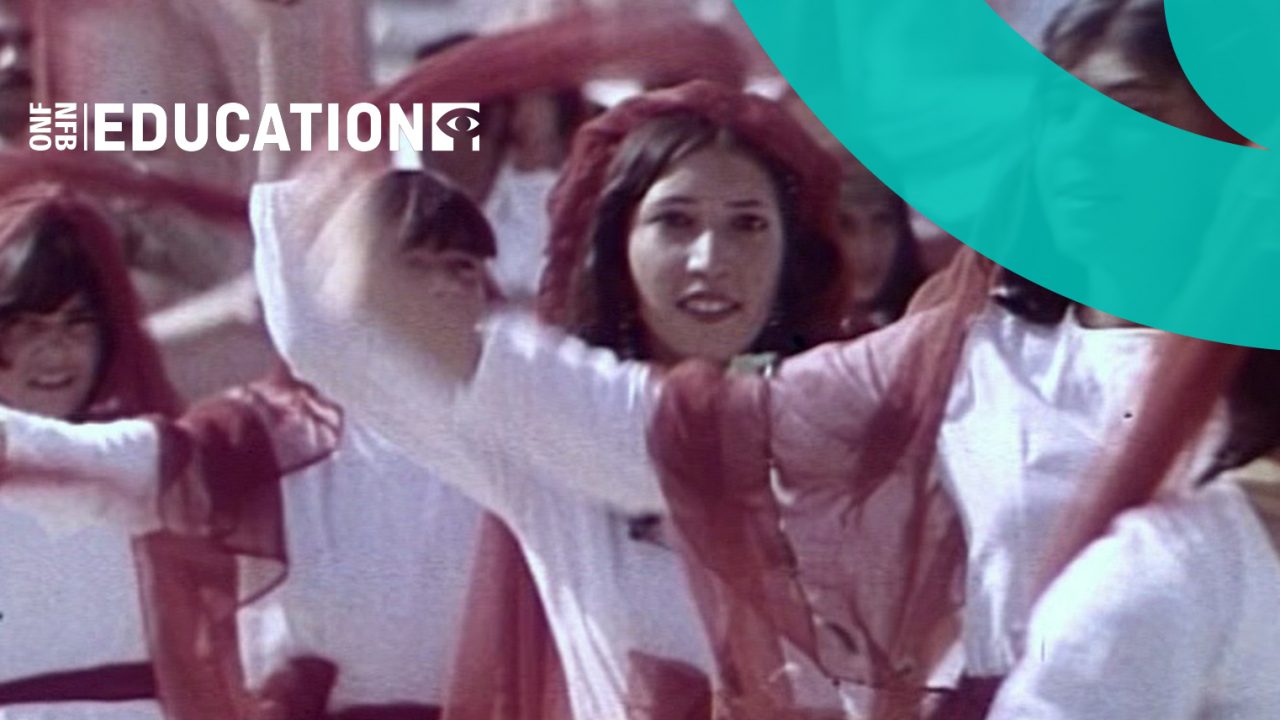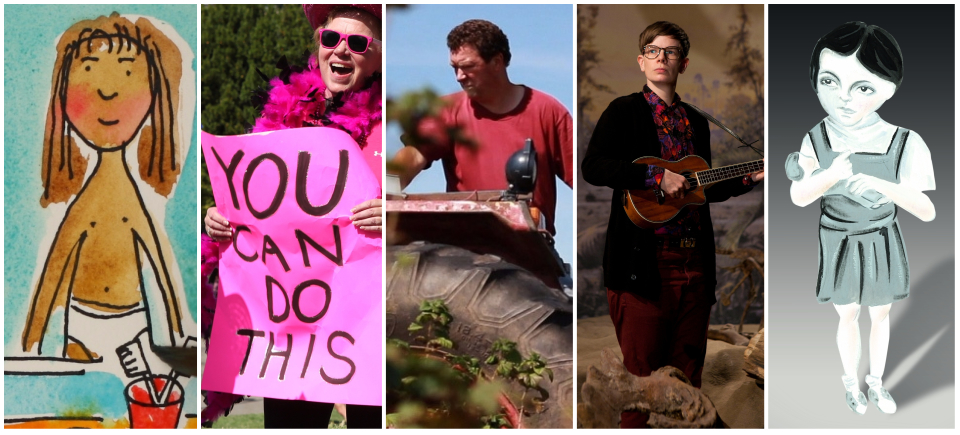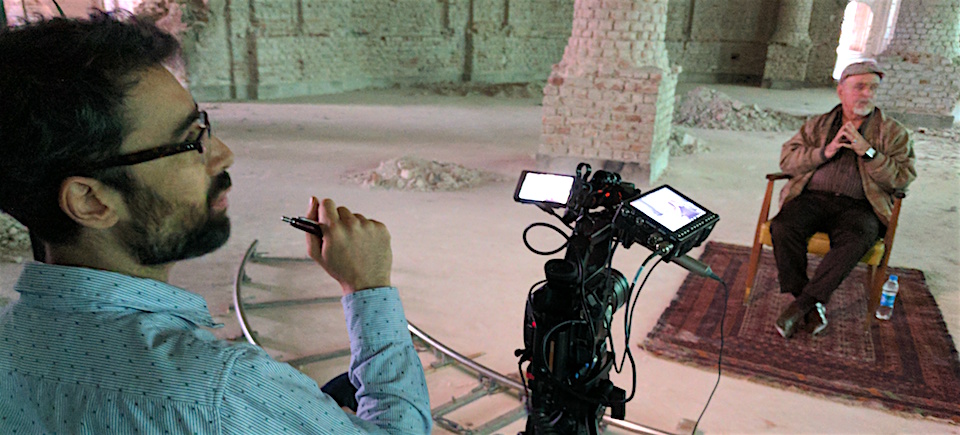
Portraits of Afghanistan to Engage High-School Students
Portraits of Afghanistan to Engage High-School Students
I teach 20th-century history. Too often, in discussions about war, genocide, or any conflict in which a society is rent apart, innocents suffer, and lives are devastated, I’ve struggled with putting a human face on the numbers.
Afghanistan is one country that’s experienced its fair share of conflict and tragedy over the decades. I’ve found that each of these NFB films below offers a way to help students really see the people of this nation—to understand the depth and complexity of their stories as they live through a series of enormous challenges. The films will give students the opportunity to witness real people struggling not just to survive but to flourish within their own culture—to see a population that is, to quote one of the films, “thirsty for peace.”
The Boxing Girls of Kabul
The Boxing Girls of Kabul, Ariel Nasr, provided by the National Film Board of Canada
In this feature documentary, a remarkable group of young Afghan women dream of representing their country as boxers at the 2012 Olympics, embarking on a journey of both personal and political transformation.
A study guide is available for CAMPUS subscribers.
Forbidden Reel, 120 mins
The Forbidden Reel, Ariel Nasr, provided by the National Film Board of Canada
Driven to create amidst war and chaos, Afghan filmmakers gave birth to an extraordinary national cinema. Driven to destroy, Taliban extremists set out to torch that legacy. Marvelling in the beauty and fragile power of movies, Afghan-Canadian director Ariel Nasr crafts a thrilling and utterly original story of modern Afghanistan.
Good Morning Kandahar
Good Morning Kandahar, Ariel Nasr, provided by the National Film Board of Canada
Ariel Nasr’s documentary gives voice to the complex dilemmas faced by contemporary Afghans under Canadian intervention. The film introduces us to young Afghan-Canadians torn between a deep desire to help Afghanistan and a fear that things will never change. Good Morning Kandahar asks whether Canada’s mission in Afghanistan is failing.
Forbidden Reel
The Forbidden Reel, Ariel Nasr, provided by the National Film Board of Canada
Driven to create amidst war and chaos, Afghan filmmakers gave birth to an extraordinary national cinema. Driven to destroy, Taliban extremists set out to torch that legacy. Marvelling in the beauty and fragile power of movies, Afghan-Canadian director Ariel Nasr crafts a thrilling and utterly original story of modern Afghanistan.
How to use these films in your classroom
These films can be used individually in history, art, media studies, film studies, religion, ethics, literature, geography, politics, social justice, or social studies classes. You could also use them as a package in a social justice or history class.
The Boxing Girls of Kabul is a perfect fit for a social justice class. Forbidden Reel is almost two hours long, and I know film studies colleagues will be keen to discuss it as a standalone, as it synthesizes a unique story about film, filmmakers, history, and contemporary politics in Afghanistan. The last film on this list, Good Morning Kandahar, would be perfect for a grade 10 social studies class or a grade 12 history class. For a teacher looking to bring history to students in a way that’s imaginative, inspiring, and relevant, a unit based on these three films would do a spectacular job.
You may consider creating pre-, during and post-viewing activities for your students, to focus the exploration of the films and your lesson. You can design your instructional approaches around concepts that are present both in your curriculum and in the films. On the other hand, I presented both The Boxing Girls of Kabul and Good Morning Kandahar in their entirety and went in cold with my grade 12 students. The freewheeling discussion we had was rich and engaging. What follows is a sampling of my students’ responses to the The Boxing Girls of Kabul.
“The feature made me realize the culture differences [that exist]. It is not as if I did not know how drastic [these differences] would be from the Western culture we are familiar with [and] accustomed to. Girls in Canada under normal circumstances do not have to go through the gender norms expected … of the girls in Afghanistan. We do not need permission from males to chase after our passions or [do] something as simple as leaving the house.”
“In the documentary, the brother of one of the boxers did not approve of the sport. You can clearly see how stereotypes and gender norms shape the way they think, as he was scared their family will be shunned because she is doing an activity considered manly.”
“I thought it was very interesting to see the way the lives of these girls not that much older than me differed because of their faith and where they live. Activities that are so easily accessible to me in Canada are not only hard to come by in Afghanistan but dangerous to the girls participating in [them]. It made me think about how lucky I am but also how brave they are to risk everything to follow their passion. In addition, I loved how the film portrayed these women. [It] showed them as real people with emotions and inner struggles rather than just subjects in an analysis, there for our enjoyment. Because of this, the film felt very raw and it was easy to connect with and understand their situations. I felt empathetic but also proud of them for overcoming societal standards and standing up for themselves. Although the film was quite short, it drew a very clear picture of each woman’s situation and feelings.”
I showed only the first part of Forbidden Reel to my Grade 10s; I would suggest breaking this 120-minute film up into at least three parts, given that the average period is only 80 minutes. The film lends itself to being divided into four sections, as it looks at the prelude to the year 1979, the Soviet invasion throughout the ’80s, and then the civil war and the Taliban regime, closing with the aftermath of the NATO invasion in 2003—meaning life in Afghanistan today; although I’m not sure “aftermath” is the right word here. This film also warrants a longer response or examination. I used a differentiated teaching format, in which I asked my students to state an objective that encapsulates a selected perspective, to research and provide a historical content, and then critically examine the film from that perspective.
I’d recommend using these films in what I call a collaborative learning encounter. Students form groups of five, one of whom takes on the role of a moderator tasked with forming issue-based questions, while the remaining students pair up and develop contrasting (though not necessarily contradictory) perspectives. Whatever the approach, I believe the issues explored in these three films—women’s rights, refugees, and art within the politics of a nation torn by ideological, theological, and geopolitical conflict—can generate a fascinating and enriching discourse among students.
Dale Martelli is a father of six and a teacher of History, Philosophy and World Literature at Vancouver Technical Secondary. He has been teaching since 1981 in elementary, secondary and alternative schools. Dale is currently pursuing a PhD and is the president of the British Columbia Social Studies Teachers Association.
Pour lire cet article en français, cliquez ici.
Discover more Educational blog posts | Watch educational films on NFB Education | Subscribe to the NFB Education Newsletter | Follow NFB Education on Facebook | Follow NFB Education on Twitter | Follow NFB Education on Pinterest



